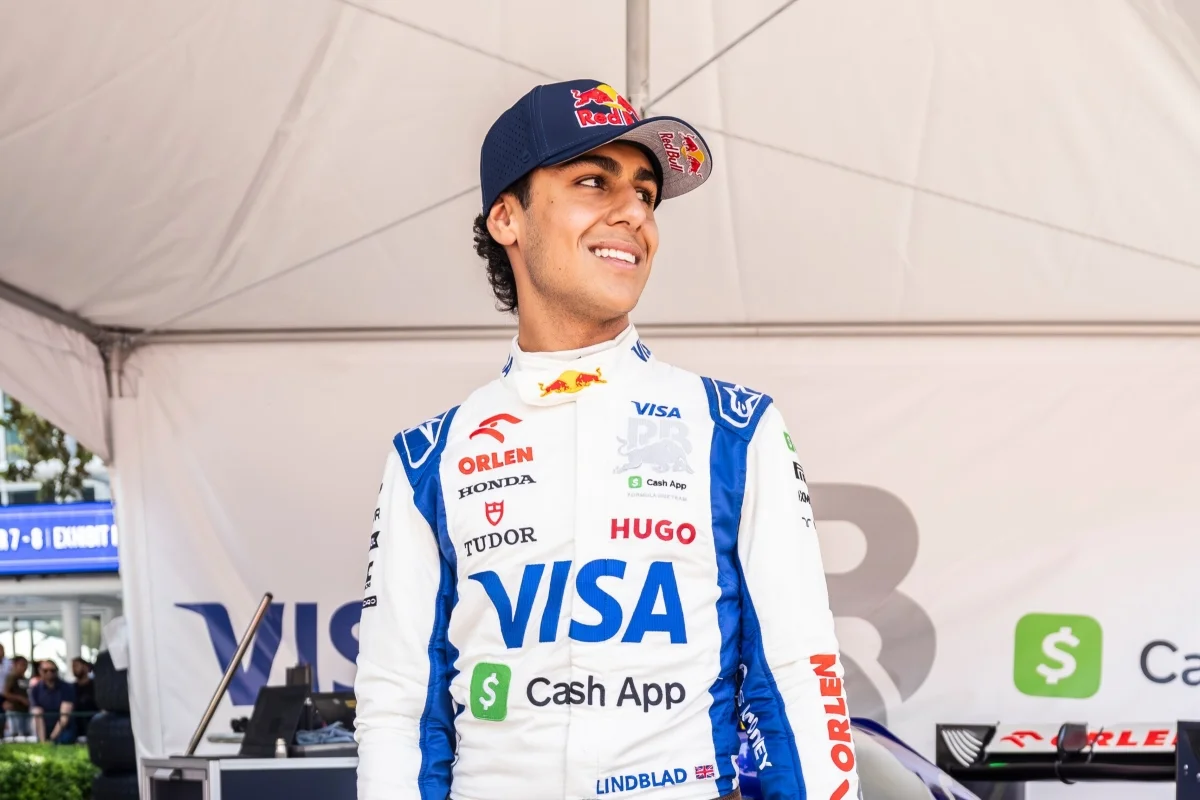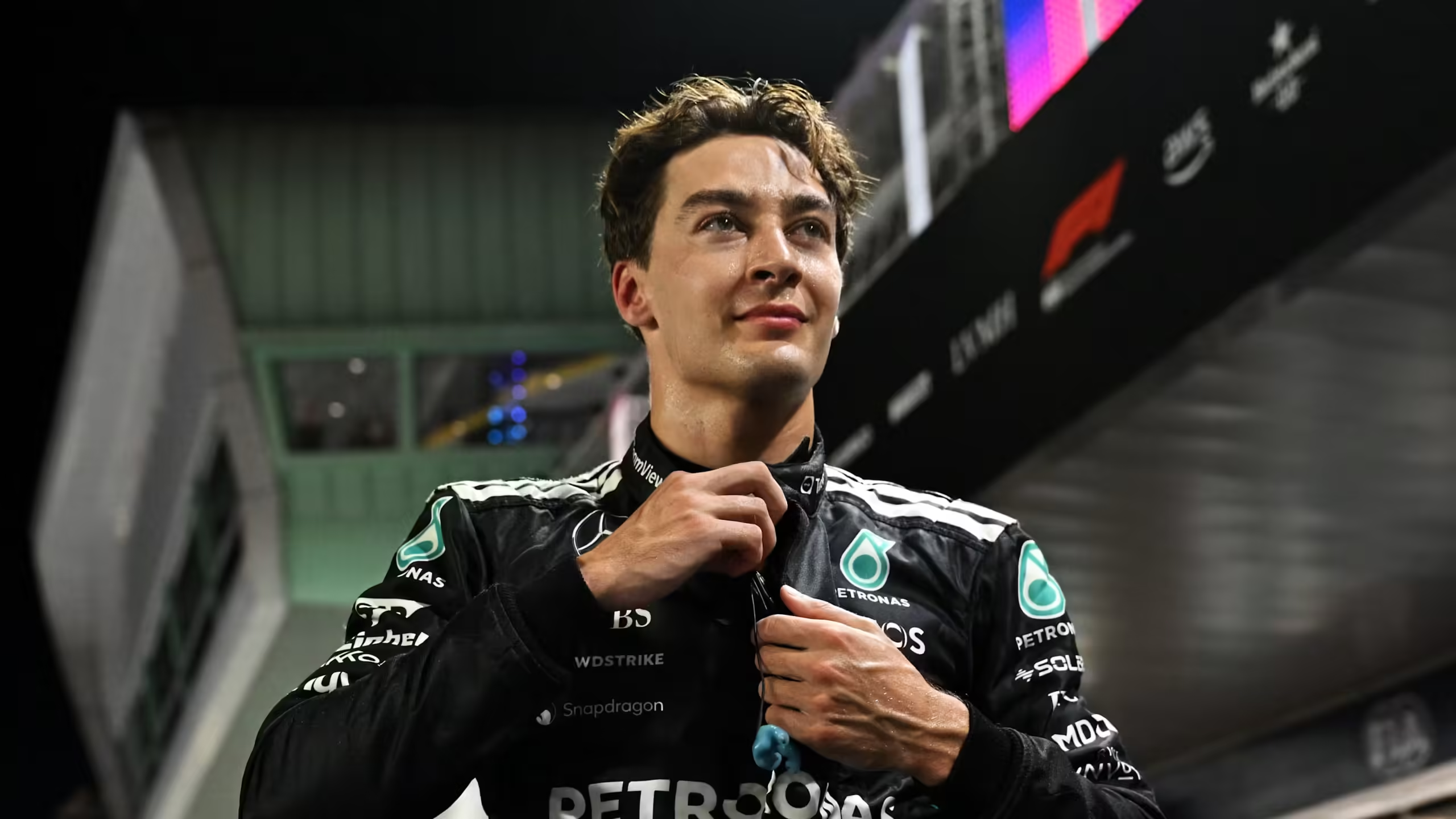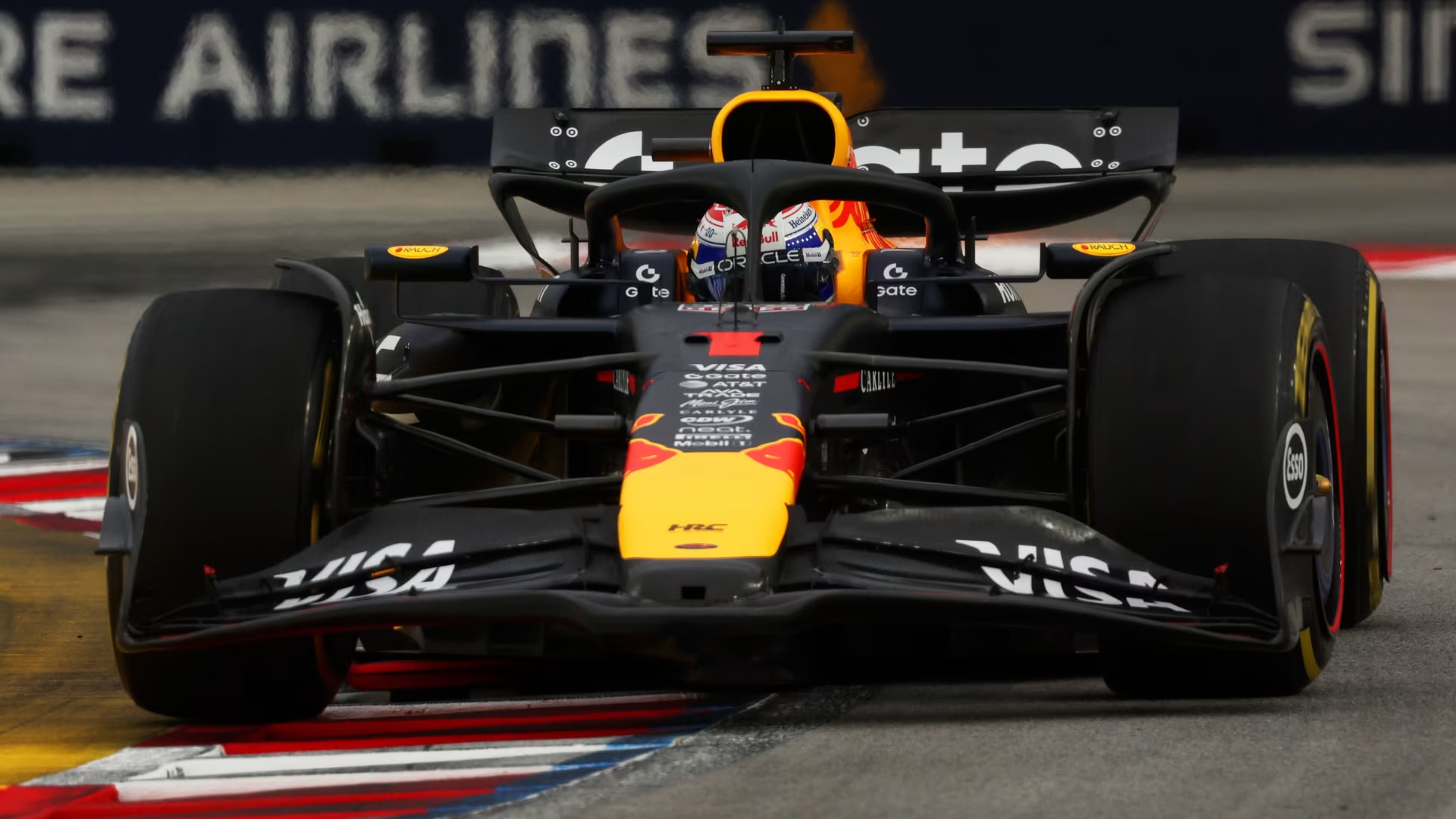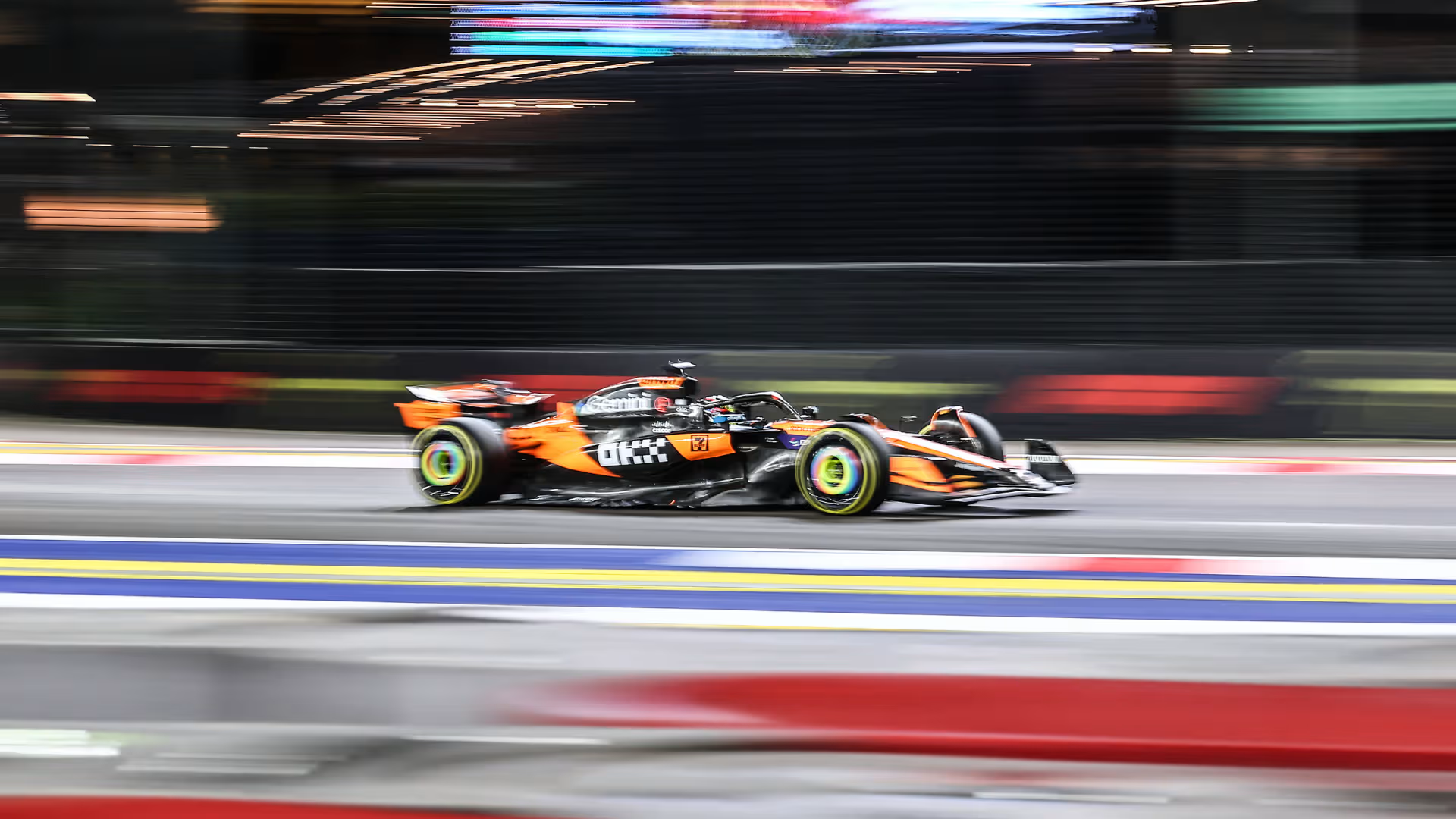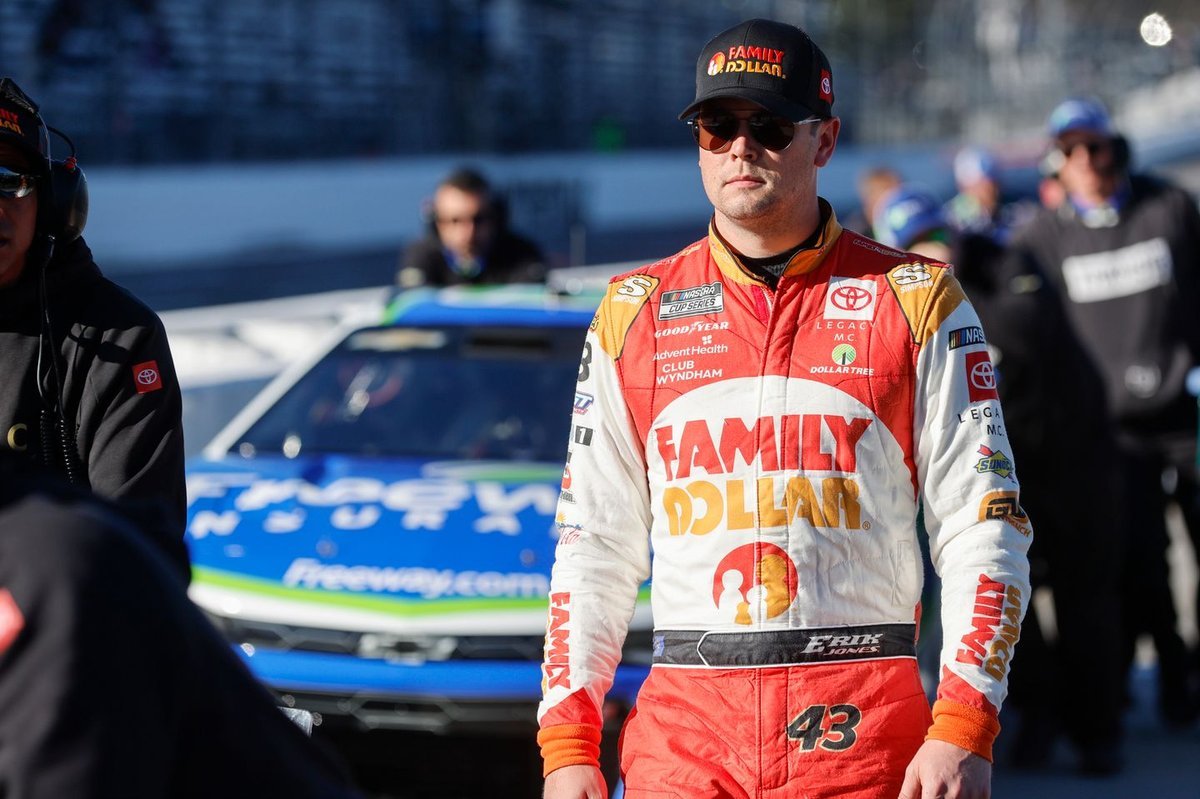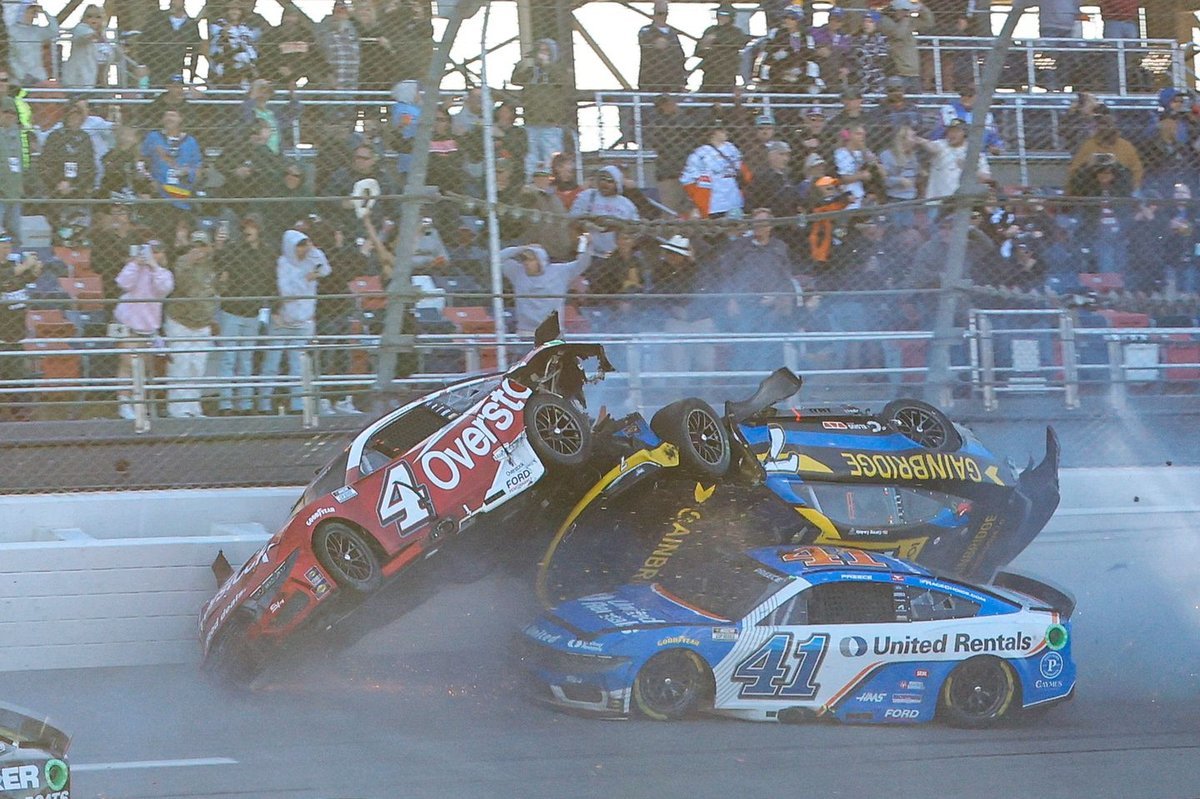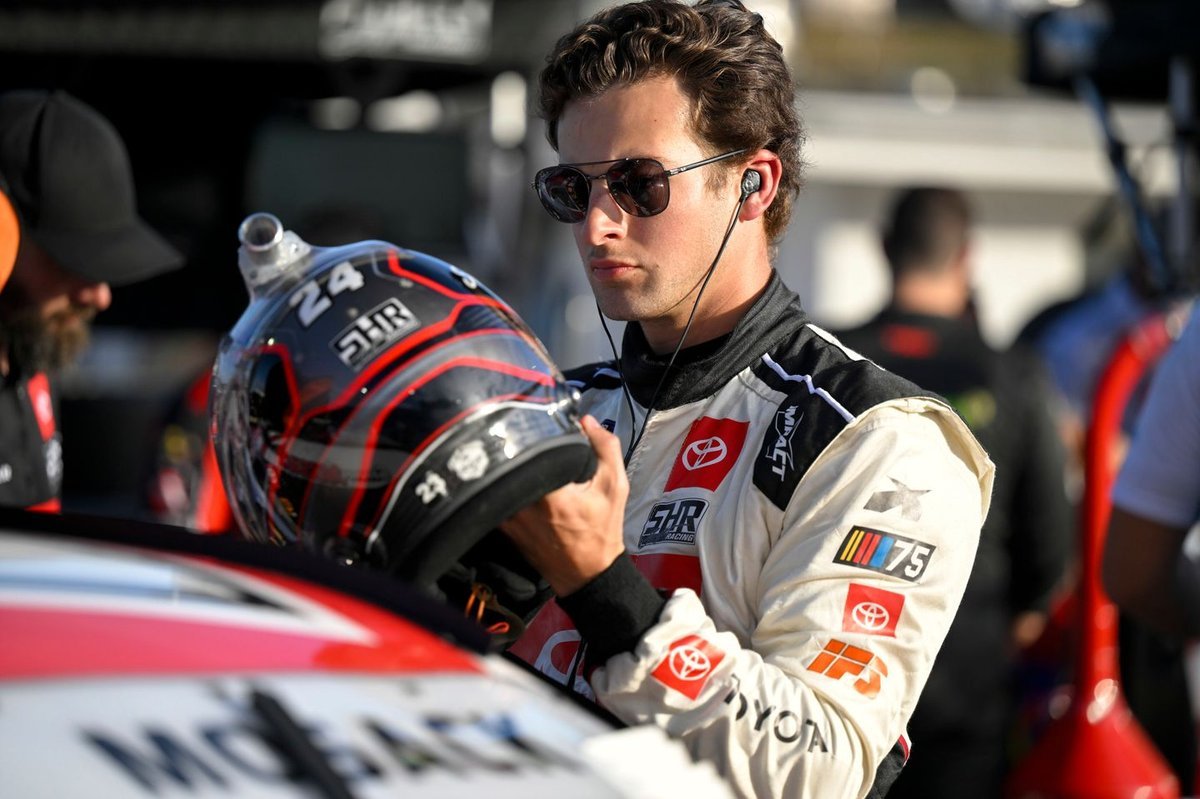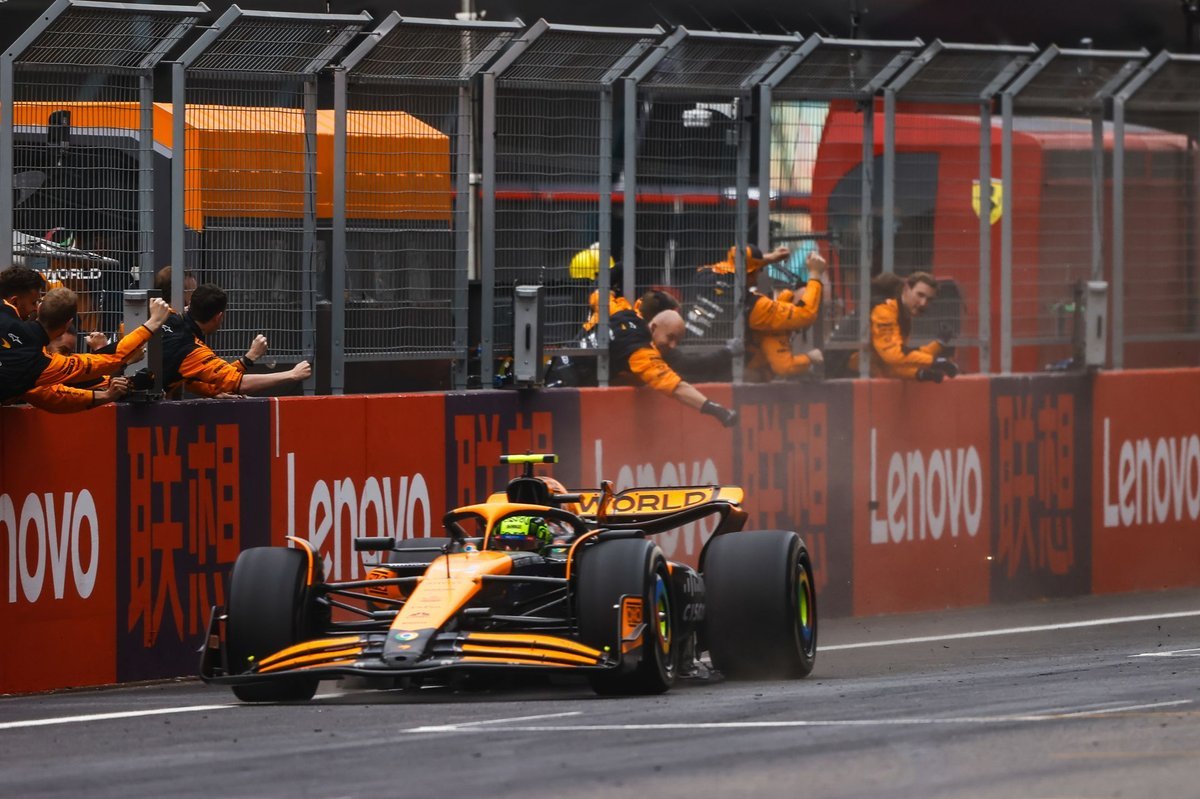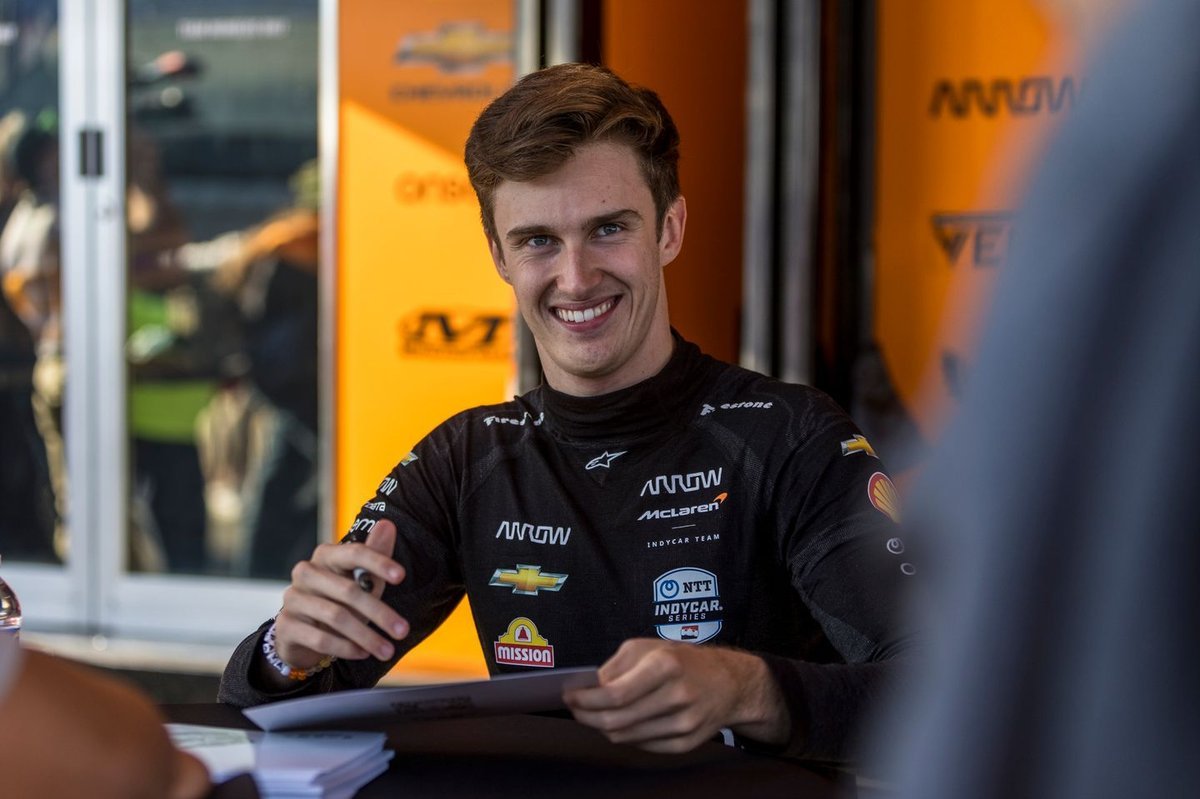There’s nothing quite like the roar of engines at full throttle, the blur of machines hurtling down the track, or the heart-pounding drama of a last-lap overtake. Motorsports is the ultimate fusion of speed, strategy, skill, and adrenaline.
It’s electrifying. It’s a spectacle. It’s a thrill.
Whether it’s the precision of Formula One, the raw grit of rally racing, or the daring agility of motocross, motorsport promises adrenaline for fans and drivers alike.
In India, too, motorsports – especially Formula One – has been growing for decades. Be it Narain Karthikeyan’s rise from circuit racing to becoming the first Indian F1 driver, to the launch of Force India, an Indian-owned F1 team, breakthroughs have been there.
When did motorsports begin in India?
India’s motorsports history dates back to 1904, when an adventurous race between Delhi and Bombay marked the country’s first documented motorsport event. However, it wasn’t until the mid-20th century that motorsports began to take an organised shape.
Formed in 1971, the Federation of Motor Sports Clubs of India (FMSCI) established a governing body to regulate and promote motorsports nationwide. Over the decades, interest grew around motorsports, culminating in the construction of Buddha International Circuit (BIC), a $500 million investment from the Jaypee Group, which aimed to cement India’s place in the global motorsports map.
One of the most iconic moments in Indian motorsport history came in 2013, when Sebastian Vettel bowed to his Red Bull RB9 after sealing his fourth F1 World Championship at the Indian Grand Prix. That race, however, marked a pause in India’s F1 journey, as the country was dropped from the F1 calendar, owing to financial strains and bureaucratic hurdles.
Fast-forward to 2025, and the motorsport narrative in India has shifted gears dramatically. What was once a niche pursuit is now evolving into a full-fledged industry. There’s growing investments, a surge in fan interest, and a new vision for the future. Today, motorsport in India is a sport and a lifestyle movement. With revival strategies and developmental blueprints in place, the landscape looks promising for 2025–26 and beyond.
Growth of motorsports in India
Today, India is finally building the ecosystem it once needed to sustain motorsports. Interest in the sport has grown significantly among younger audiences, thanks to global cultural influences like Netflix’s popular series “Drive to Survive.”
In 2020, India had a top-5 market in F1 with an estimated 31 million fans. Mahindra Racing’s success in Formula E since 2014, along with a growing community of local fans and drivers, shows the growth of motorsports in India. The growing passion is also driving more Indians to travel abroad for races, with a reported 189% surge in flight bookings to the 2024 Singapore and Abu Dhabi Grand Prix.
A key part of motorsport’s revival is the growth of local racing events in India. FMSCI, along with RPPL and JK Tyre, has launched the Indian Racing Festival, which includes events like the Indian Racing League (IRL), the Indian F4 Championship, and the JK Tyre National Racing Championship (JKNRC).
These racing leagues are not only completely competitive but also inclusive. The Indian Racing League (IRL) uses a franchise format, which requires female drivers, and focuses on teamwork, making the sport more accessible. India’s first-ever street circuit night race in Chennai attracted 20,000 spectators and set the tone for how new and exciting formats can help motorsport connect with a broader audience.
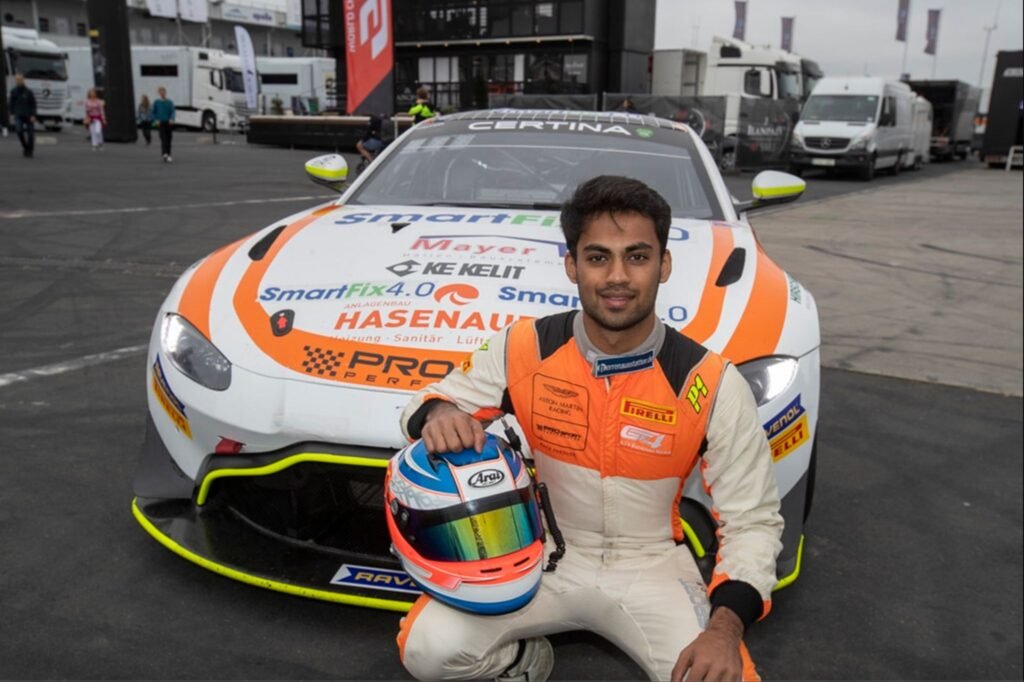
Impact on the Indian market
The economic impact of these motorsports events is considerable. For instance, the Hyderabad E-Prix generated nearly $84 million for the city’s economy, and the 2023 MotoGP Bharat generated INR 9.3 billion in revenue. This level of economic viability leads to better and more sponsorship opportunities for Indian motorsports. It has drawn serious attention from corporate sponsors to celebrities such as Sourav Ganguly, John Abraham, and Arjun Kapoor, who are now stakeholders in various motorsport initiatives.
Sponsorship and partnerships fuel motorsports, and India is finally getting its share. Legacy backers like JK Tyres continue to support grassroots development, while ExxonMobil Lubricants, through its Mobil 1 brand, is tapping into India’s growing motorsport fan base.
As per ExxonMobil’s CEO, Ankush Khanna:
“IRL provides an ideal opportunity for Mobil 1 to deepen its engagement with Indian consumers and automotive enthusiasts.”
Digital platforms are accelerating motorsport’s reach in India, too. FanCode is now the official F1 broadcaster, with Paytm also joining the race. According to FanCode co-founder Prasana Krishnan, the sport is especially popular among 16 to 25-year-olds and is rapidly growing, with over 60 million F1 fans offering brands a valuable, engaged audience.
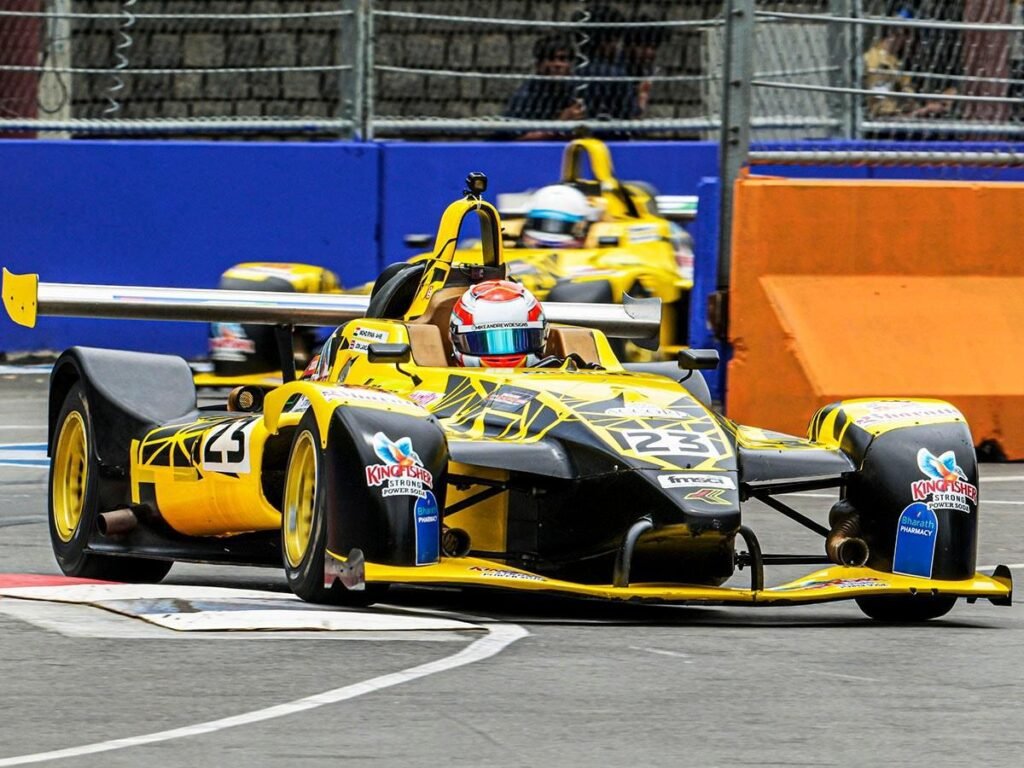
What does the future hold?
Despite past setbacks, the future of motorsports in India looks bright. GIFT City in Gujarat is building an F1-grade circuit to become a global sports hub, and MotoGP is set to return in 2026. Also, in 2026, Racing Promotions Private Limited (RPPL) will launch an Indian Formula 3 series, a major step toward global recognition.
Former cricketer Sourav Ganguly, now a motorsport team owner, believes limited infrastructure held the sport back. More and more cities and investors are showing interest.
“If we had race tracks like cricket grounds, motorsports would probably be as popular.”
With growing support from private and public sectors, innovative race formats, and increasing fan interest, India is entering a new era for motorsport. 2025–26 could become a defining period, turning motorsport from a niche interest into a major sporting spectacle, accessible and exciting for audiences nationwide.


